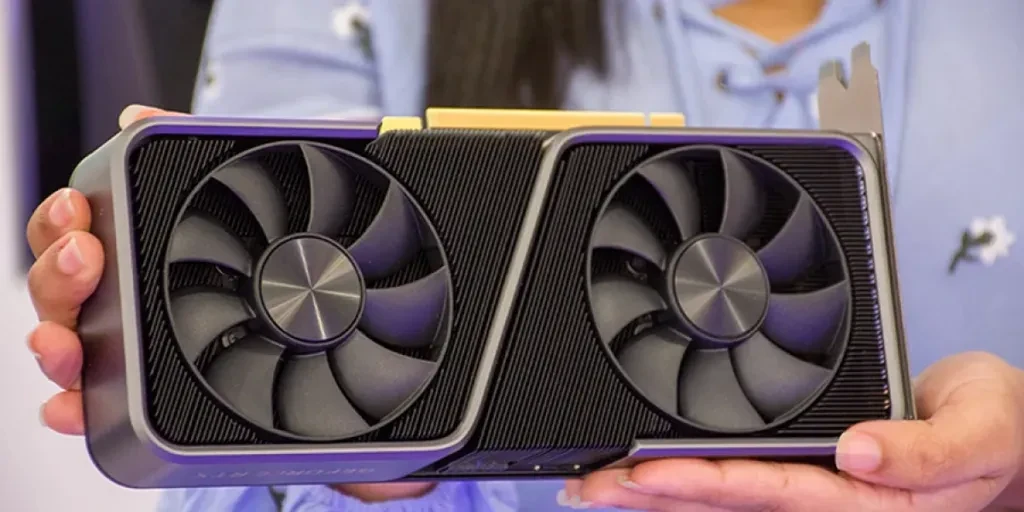Pizzelles have charmed dessert lovers for generations, and for good reason. These crisp, delicately patterned cookies are a staple at Italian celebrations, often served at Christmas or Easter gatherings—though there’s no rule saying consumers can’t make them year-round.
Anyone interested in this treat will quickly discover the market is filled with different pizzelle makers, each offering something unique. For this reason, businesses looking to stock pizzelle makers must understand how they differ and which features truly matter.
This guide aims to help retailers choose a pizzelle maker that fits their consumers’ kitchen style and baking ambitions.
Table of Contents
Understanding how pizzelle makers work
What to consider when choosing pizzelle makers
1. Plate material and coatings
2. Size and shape
3. Heat settings and temperature control
4. Build quality
5. Ease of cleaning and maintenance
6. Stovetop vs. electric models
7. Extra features worth considering
Rounding up
Understanding how pizzelle makers work
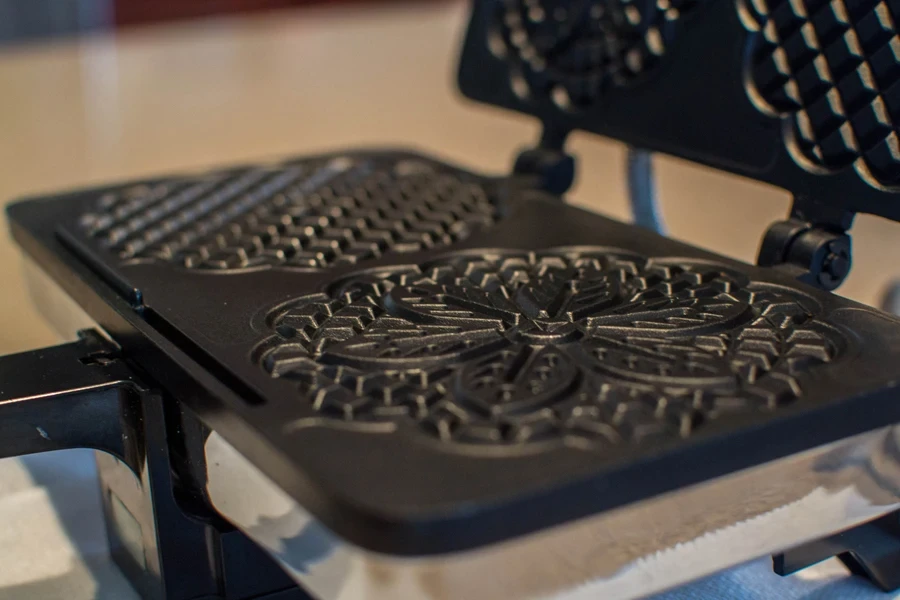
Pizzelle makers are similar to waffle irons. Users can scoop or pour the batter onto the hot plates, close the lid, and let it cook (though stovetop variants are more like frying pans). As the machine presses the batter, it forms thin, crispy cookies with beautiful patterns (usually floral or snowflake-like), thanks to intricate designs etched into the plates.
What to consider when choosing pizzelle makers
1. Plate material and coatings

One of the first things you’ll notice when browsing pizzelle makers is whether the plates are nonstick or cast iron. Nonstick plates are more common nowadays because they’re easier to work with. The batter doesn’t cling as much, and cleanup usually requires just a quick wipe with a damp cloth.
Nonstick surfaces, however, can vary in quality. Some manufacturers use a more robust coating that withstands years of use; others may start to chip or peel if not treated carefully. Cast iron plates, by contrast, are the traditional choice and can last practically forever. However, they tend to be heavier and might need seasoning, much like a cast iron skillet.
Note: Despite its downsides, many enthusiasts believe nothing beats the flavor and texture a classic cast-iron press can achieve.
2. Size and shape
The standard pizzelle diameter hovers around five inches, which creates a cookie that fits nicely in the palm of a hand or can roll into a cone. Some makers produce slightly smaller or larger pizzelles, so it’s good to show consumers the diameter before they purchase, especially if they have a particular size in mind.
Specialty models also imprint unique designs or holiday-themed patterns, which can be a fun novelty if consumers enjoy decorating or giving their cookies as gifts. Additionally, check how many pizzelles the iron can bake at once. Most consumer-friendly models handle two cookies at a time, while commercial models sometimes have bigger plates that allow for more.
3. Heat settings and temperature control
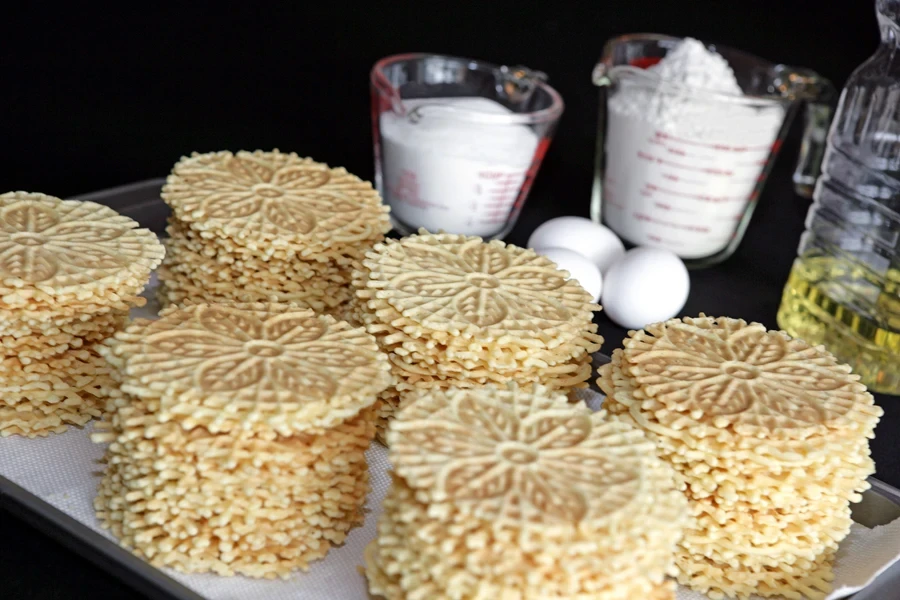
Another major difference among pizzelle makers is the level of control they give consumers over the baking temperature. Some lower-end machines have a single “on/off” switch, meaning users are stuck with whatever heat the device provides. Others include adjustable temperature dials or multiple settings (light, medium, or dark), allowing consumers to fine-tune how crisp and golden they like each batch.
If target consumers multitask frequently in the kitchen (for example, prepping ingredients for dinner while the pizzelles are baking), a machine with an adjustable thermostat can be a lifesaver. If they’re not hovering over the device, they can dial the heat down slightly to reduce the chances of burning
4. Build quality
Consumers want a pizzelle maker that will last multiple seasons if not decades. That often means retailers must invest in a brand with a solid build quality track record and dependable performance. Reading user reviews can be especially telling, as people usually report how well an iron holds up after a year or two of routine use.
Also, pay attention to details like the hinges’ sturdiness, the handles’ solidity, and whether the machine sits flat without wobbling. Nothing is more annoying than pouring batter into an iron that doesn’t clamp down properly or tilts to one side.
Many modern models also have indicator lights to let users know when they’re preheated or when their pizzelles are ready. Although those lights aren’t crucial for baking success (the nose can usually tell users if they’re nearing the danger zone), they can help reduce guesswork.
Note: A machine with thoughtful design features saves you from frustration and often speaks to overall build quality.
5. Ease of cleaning and maintenance
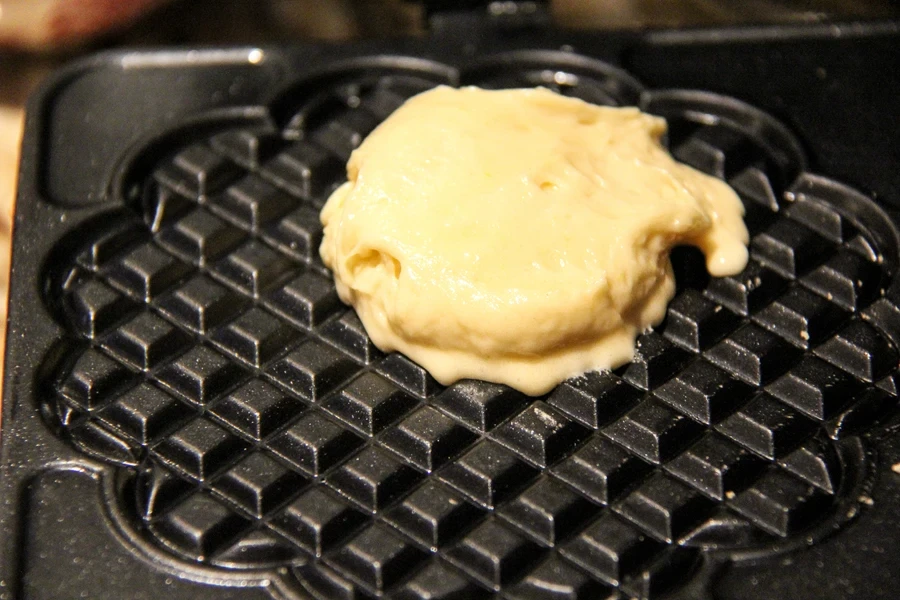
A pizzelle maker shouldn’t become a chore that covers consumers’ counters in sticky residue. Buyers will consider how they’ll clean it before purchasing the device. Thankfully, some nonstick surfaces are easy to clean with a damp cloth, especially if the batter is consistent and users remove the cookies at the right time.
Others may need more elbow grease to remove annoying stains. Manufacturers often advise against submerging the device in water, so consumers might need to rely on gentle scraping tools or specialized cleaning brushes to get into detailed grooves, especially if the plates have an intricate pattern.
Businesses can offer models with removable plates to simplify cleaning, as consumers can easily pop them in the sink. However, not all pizzelle makers offer this feature. Here’s a tip to help clear consumers’ doubts: Add the manufacturer’s instructions to tell them what to expect.
6. Stovetop vs. electric models
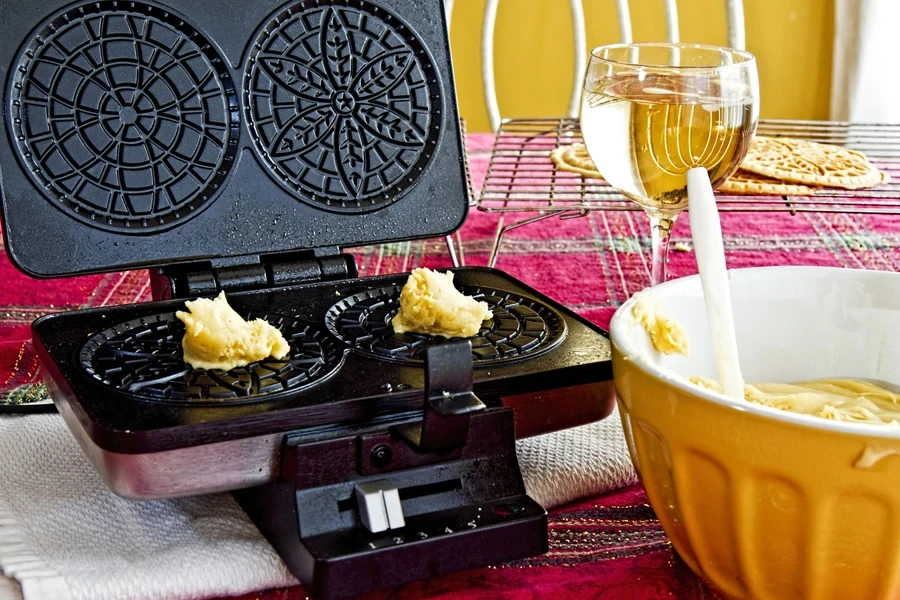
Although electric pizzelle makers are far more common nowadays, stovetop versions still exist and can be a great choice for the purist or the culinary adventurer who wants more direct control. Users manually heat a stovetop pizzelle iron on their gas or electric stove (or even over a campfire if they feel rustic).
However, cooking with this pizzelle maker means flipping it halfway to ensure both sides cook evenly. Hence, a stovetop model requires a bit more finesse. Still, some enthusiasts argue that the flavor profile of stovetop pizzelles is unmatched—plus, there’s a nostalgic charm in wielding an old-fashioned iron over an open flame.
That said, an electric pizzelle maker is generally simpler and more predictable. It maintains a steady temperature, and consumers don’t have to juggle flipping the iron. If convenience is at the top of the target consumer’s list, an electric model is probably the way to go. But a stovetop iron might be worth exploring if they relish a hands-on experience and appreciate old-world techniques.
7. Extra features worth considering
Some modern pizzelle makers have locking latches to help compress the batter evenly, giving users uniform thickness across each cookie. Others come with built-in timers or advanced digital controls. A few also include accessories like a cone roller, so consumers can shape fresh pizzelles into cannoli shells or waffle cones while still pliable.
These extras can be useful if consumers like experimenting with different presentations, but if they just want classic pizzelles, they might not need all the bells and whistles. Storage is another practical consideration.
Pizzelle makers can be bulky, so if users are short on cabinet space, they prefer a model with a smaller footprint or one that can be stored vertically. Some come with cord wraps or clip closures that keep everything neat when not in use.
Rounding up
Offering consumers the right pizzelle maker is a delightful journey of merging tradition with modern convenience. They may choose one for a once-a-year cookie marathon, weekly treats for the grandkids, or a serious side hustle selling pizzelles at the local bake sale.
So, before stocking these machines, consider their plate material, heat settings, and cleaning requirements to ensure they match the target user’s kitchen habits. Although a sturdier machine with a higher price might be more of an investment, if it means consumers get consistently perfect results and easy maintenance, it’s often worth the cost.


